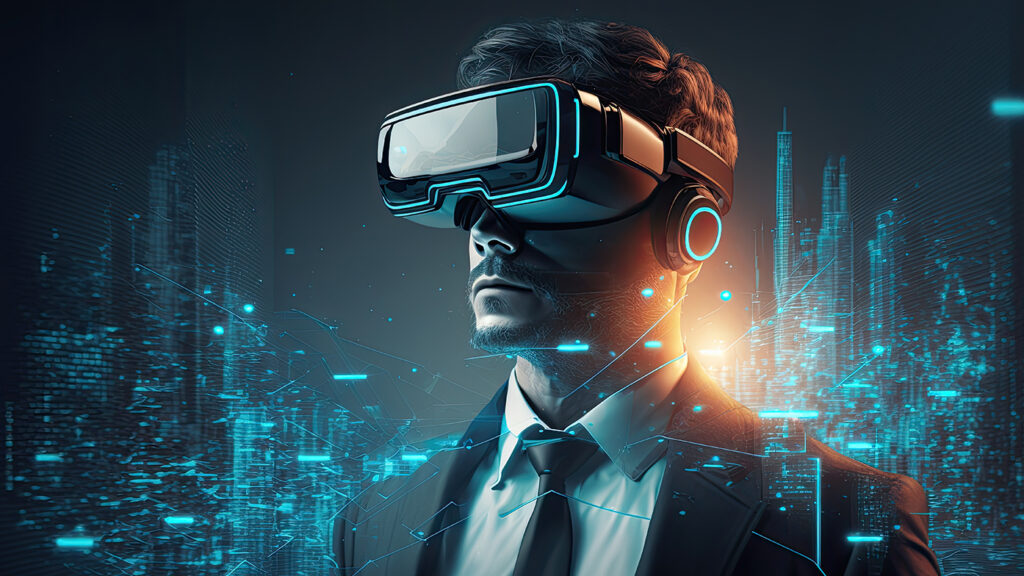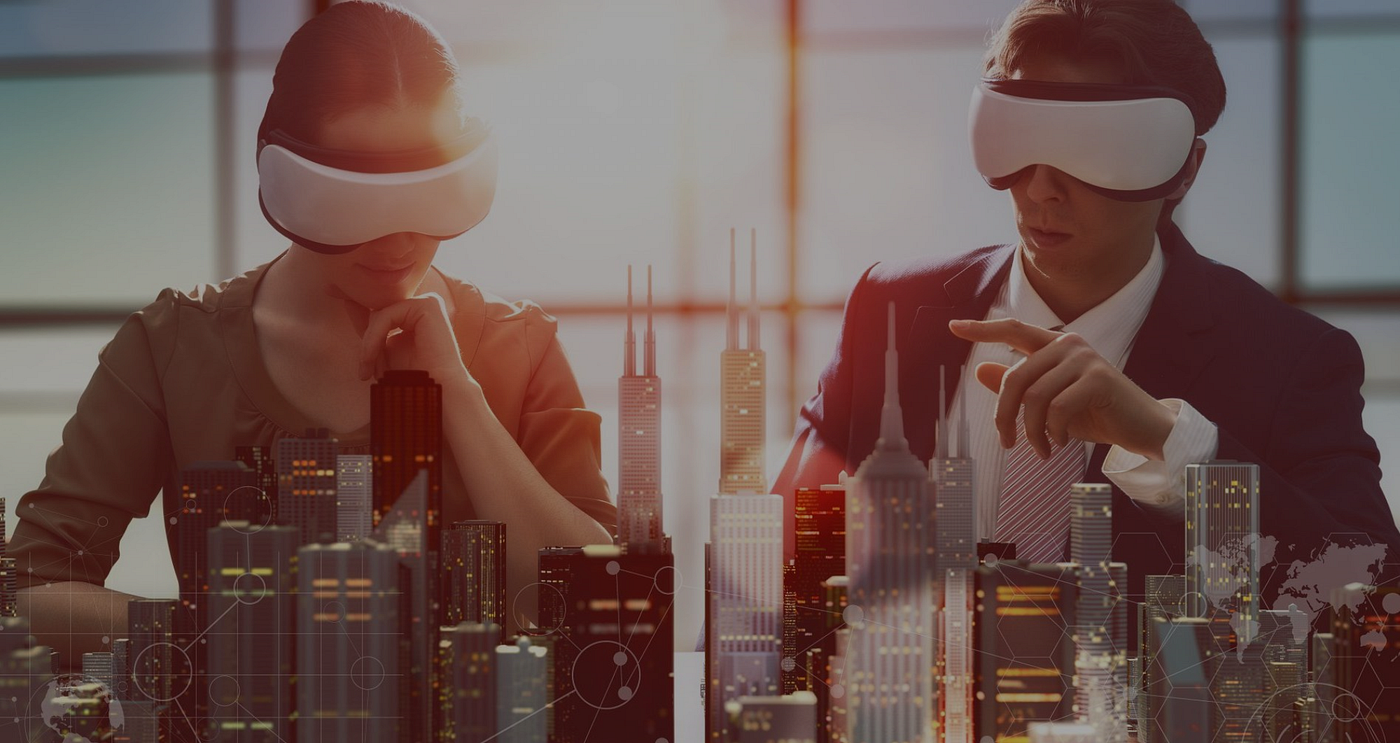Virtual reality is a type of technology that has dramatically changed the way things are done in the commercial real estate industry. This innovation enables immersive property tours as well as global-scale interactive design visualization and remote collaboration.
Among other things, this streamlines decision-making processes, reduces travel costs and improves property marketing strategies in virtual reality for real estate. Commercial real estate professionals now have access to VR technology to enable them to showcase properties, carry out virtual staging, and show complex development plans. It will therefore reshape how properties are bought, sold, and managed as it progresses further.
Virtual reality (VR) has become an essential tool in the world of business, hence setting new standards for the future. In this blog post, we’ll explain how virtual reality is transforming the commercial real estate industry.
Key Benefits of Virtual Reality in Commercial Real Estate
The impact of VR on commercial real estate is stunning. It gives marketers some new tools for promoting, selling, or controlling real estate assets. Its use goes beyond customary methods, thereby making it a major source of information for workers in this field. In the following section, we will briefly discuss some advantages of using virtual reality in real estate.
1. Immersive Property Tours: A New Standard
By adopting virtual reality technologies, prospective customers can have a first-hand experience of what they would buy.
This virtual reality experience has a true feel of space, layout, and design—better than typical pictures or videos, as such tools cannot otherwise provide deep insights. Consequently, they make more informed decisions almost instantly, which minimizes unnecessary visits and accelerates the buying process.
2. Economical Virtual Staging

Additionally, virtual reality offers digital staging that is cheaper than physical staging and much more versatile in nature. Flexible staging enables professionals to stage a property for different target markets. This method is specifically useful for houses that lie vacant most of the time. Empty spaces are usually difficult to visualize by buyers except when VR staging is used so that it allows quick changes, saving time as well as money while meeting other market segments.
3. Global and Remote Team Access
With virtual reality (VR), geographical barriers have been broken in commercial real estate. All the involved stakeholders can collaborate remotely and review properties or projects from anywhere in the world.
The real-time walkthroughs facilitate faster decision-making, which eliminates the travel costs of arriving at decisions on properties. The new VR technology has opened up fresh markets for all professions involved in this space.
4. Enhanced Marketing Strategies
Branding and VR are completely integrated; both of these elements fuel each other for the better, so that virtual reality has more sense in marketing strategies. Embed VR avatars on your website, listings, and social media. That heightened engagement directly correlates with retention metrics, thereby enhancing client loyalty. In turn, this leads to increased sales and leases.
5. Streamlined Decision-Making
While dealing with properties, whether you sell or buy them, virtual reality plays a great role because this process is used by both parties for making decisions. It shows the new prospective buyer full properties, thereby leaving less room for doubt. Unlike 3D and AR, VR offers sellers instant demonstrations and quicker responses to inquiries.
As such, negotiations speed up and transactions are made quicker. In the end, VR is designed to make your sales cycle more effective.
6. Savings on the Environment and Money
There is a significant environmental and cost-saving aspect to using virtual reality. As for enabling business travel, less need to visit physical sites equals a smaller carbon footprint.It also gets rid of the marketing costs and staging fees, thus allowing for more long-term operations in this industry. Such savings make the whole real estate process more efficient while offering both professionals and clients better returns.
As a tool for the improvement of the commercial real estate industry, we must count virtual reality as both disruptive and transformative. It offers immersive experiences, inexpensive solutions, and worldwide cooperation opportunities.
The Future of Virtual Reality in Commercial Real Estate

In the coming years, virtual reality will continue its revolutionary trend in commercial real estate. With advancing VR technologies, these tours are expected to be more realistic and immersive, such that they become indistinguishable from reality. This is where artificial intelligence (AI) could meet VR, providing personalized property recommendations and automating complex tasks.
And also, virtual reality for real estate might include augmented reality (AR) too, as it combines digital aspects with physical environments. By doing so, it will open up new marketing, selling, and management alternatives, making VR an integral part of the industry’s future.
Conclusion
The commercial real estate industry is being revolutionized by virtual reality, which has become a powerful tool for marketing, sales, and management. It provides global collaboration, cost-effective virtual staging, and immersive property tours.
Such pros shape decisions and increase client involvement over time. As technology advances further into the future, the prospects of this foray into realtor-related convolutions will be massive! In order to enhance productivity and foster sustainability within this sector, experts must begin adopting it. Thus bringing about efficiency gains along with sustainable developments, which are essential facets to ensuring optimum growth in any given sector.






















